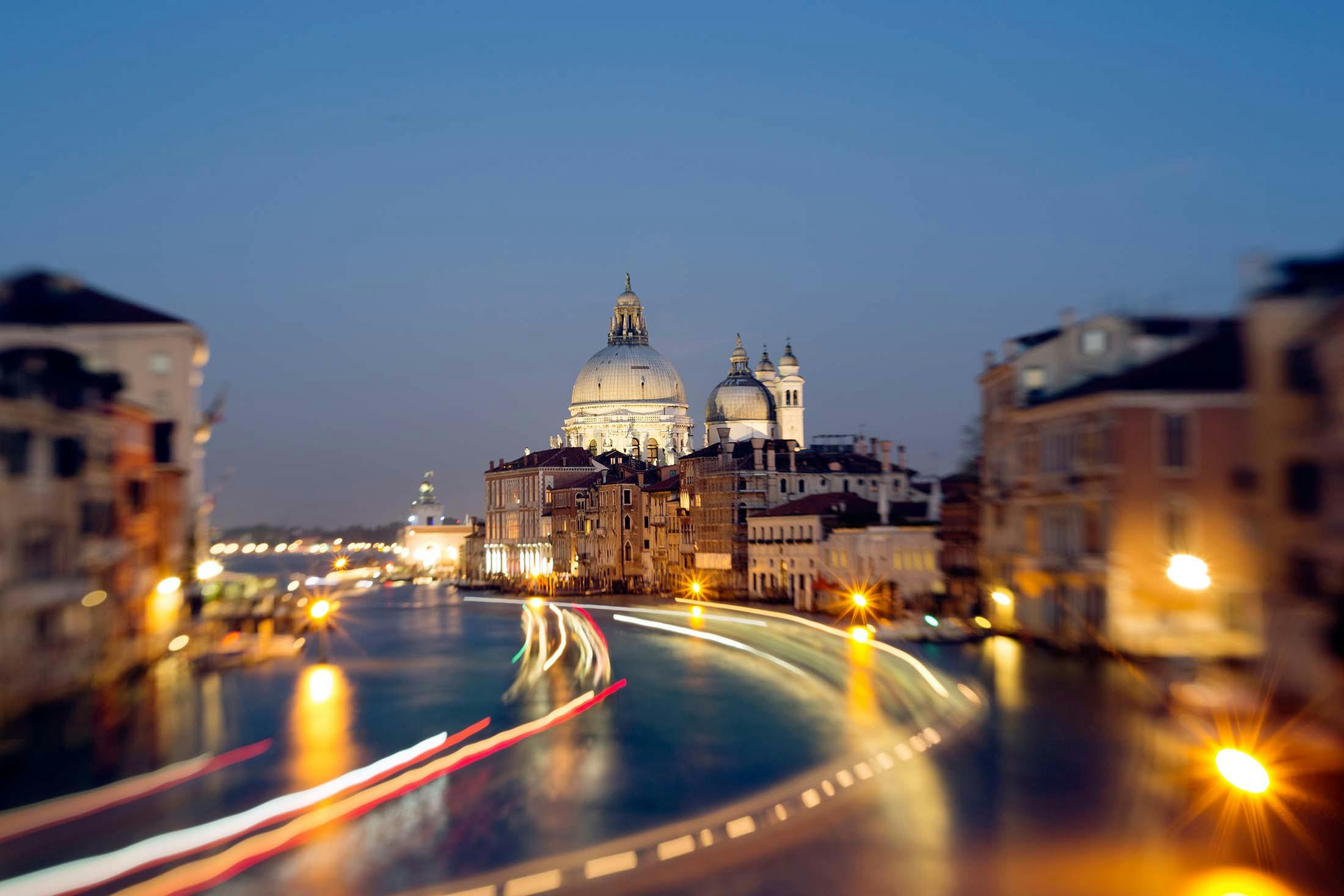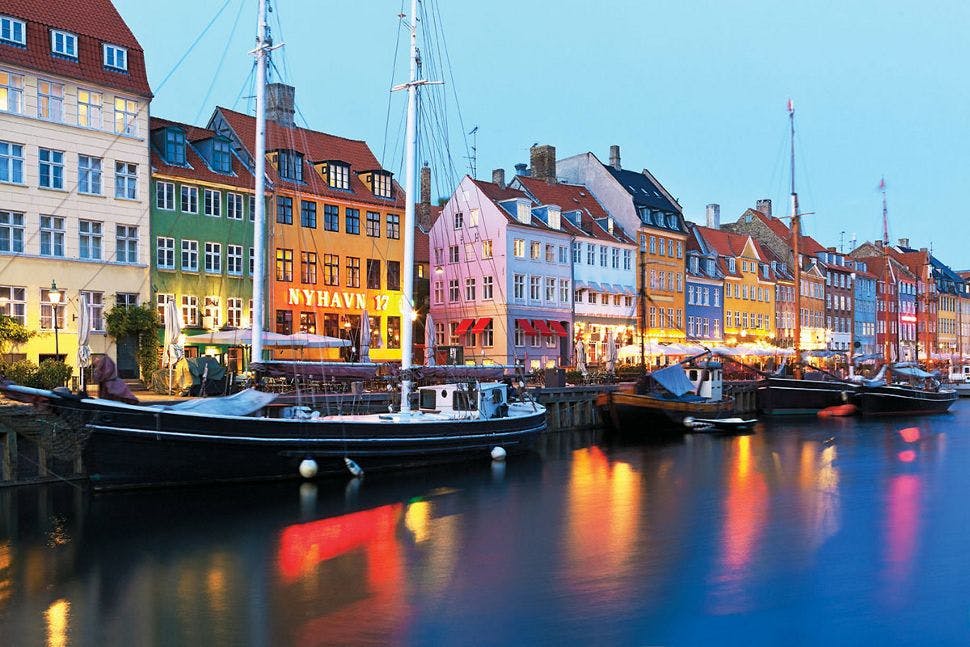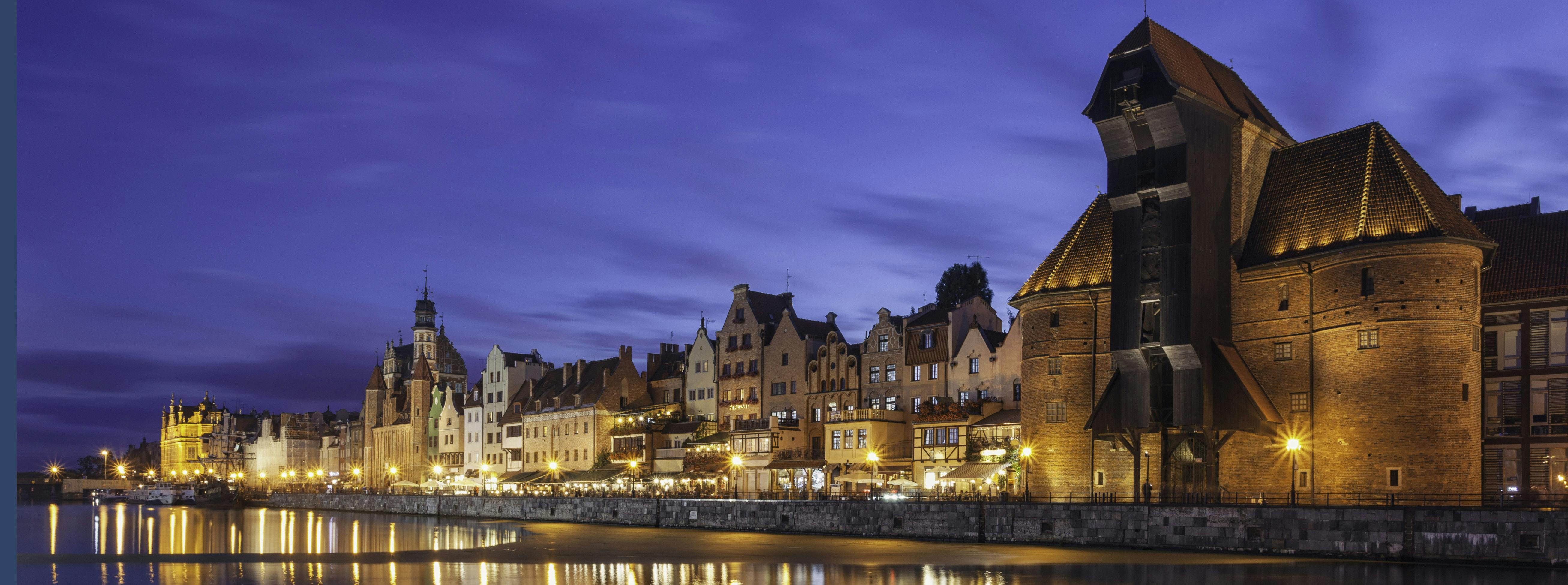Reimagining Europe’s Classic Grand Tour
Venice seduces. The crumbling, ochre and russet palazzi, glorious churches and cool, green canals of La Serenissima have been on many a traveler’s wishlist for centuries. I’ve always been enchanted by the fact that Lord Byron, the great 19th-century romantic poet, enjoyed swimming in the canals when he lived here in 1816. Byron had long dreamed of visiting Venice and adored what he found.
This fashion for extended wanderings through Europe had a name: The Grand Tour. The title was coined by early travel writer Richard Lassels, who used it in his guidebook “The Voyage of Italy,” published in 1670, describing young aristocrats, mainly, but not exclusively British, traveling abroad for two or three years after graduating from university.
The flamboyant Byron was typical of wealthy young men of the 18th and 19th centuries, traveling with an entourage through Europe, ostensibly to study classical art and expand the mind but in many cases, more inclined to run wild and embark on love affairs.
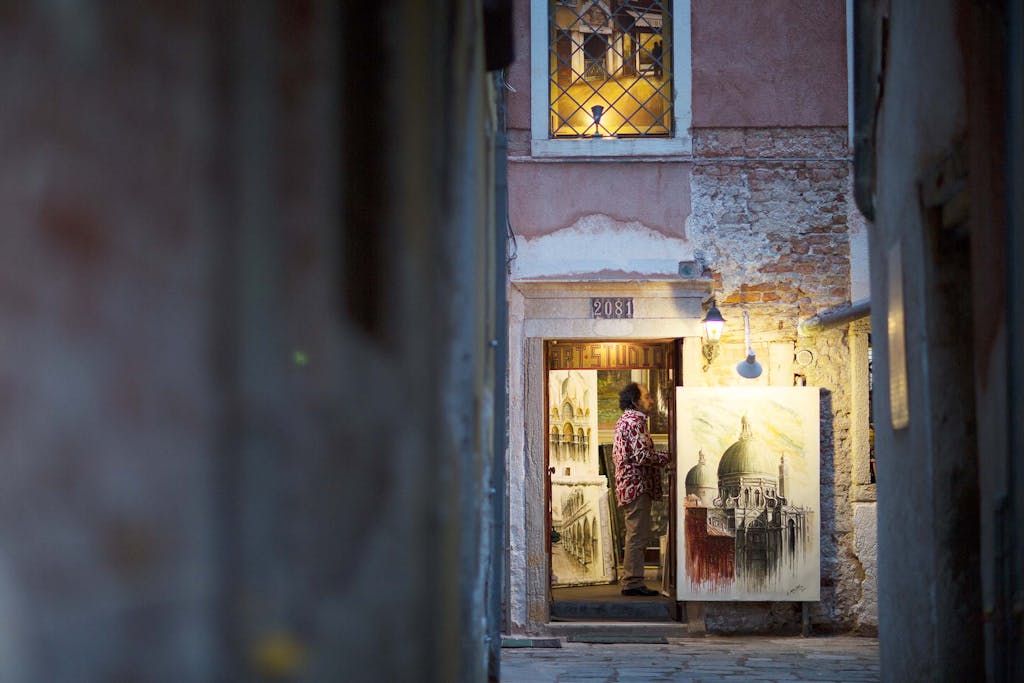
Origins and parallels
The golden age of the Grand Tour is generally seen as the mid to late 18th century, a time of blossoming awareness of art and of peace and prosperity in Europe, with late adopters like Byron enjoying the tradition in the first half of the 19th century. More than 250 years later, there are still parallels between these journeys and contemporary European travel. The locations, to start with. Venice, Florence and Rome were essentials then, as they are now, for the art, the carnivals and the dazzling architecture. The excavations in 1738 and 1748 of the ruins of Herculaneum and Pompeii respectively were a big draw, too, bringing travelers to Naples in droves. Some tourists carried on to Sicily, Spain (particularly Seville), and in the case of a few, Greece.
The journey from Northern Europe was long, with many falling prey to seasickness and the ill effects of foreign food. The route was arduous; the Alps had to be crossed on foot, for example, with the less robust carried over mountain passes on sedan chairs. Money was plentiful but to avoid being relieved of cash by bandits along the way, young men would carry notes of credit to be redeemed in foreign banks.

Travel styles and status souvenirs
Vast amounts of luggage would be taken on tour and sumptuous souvenirs brought home as status symbols, from paintings to statues, busts and scientific instruments. Museums were few and far between in those days — the Uffizi was founded in 1765, but the Louvre didn’t open until 1793 — so young aristocrats would visit private art collections by appointment. Joseph Smith, the British Consul in Venice, was a patron of Canaletto and owned a huge collection of the artist’s work; you can still see his former home, Palazzo Smith Mangilli Valmarana, overlooking the Grand Canal, opposite the Rialto Market. Smith’s whole collection was bought by the young King George III in 1762, himself on a Grand Tour at the time. These early souvenir hunters are one of the reasons so many Canalettos have made it to Britain, displayed in London’s National Gallery and the late Queen Elizabeth II’s own collection.
This fashion for extended wanderings through Europe had a name: The Grand Tour. The title was coined by early travel writer Richard Lassels, who used it in his guidebook The Voyage of Italy, published in 1670, describing young aristocrats, mainly, but not exclusively British, traveling abroad for two or three years after graduating from university.
Architectural styles would be borrowed, too. Architecture had become known as a nobleman’s profession, hence the number of Palladian villas in Britain, inspired by the work of Andrea Palladio, chief architect to the Venetian Republic during the Renaissance. The Venetian churches of San Giorgio Maggiore and Il Redentore, both of which you will see when in Venice, are two of his great legacies. His style is reflected in many buildings in the U.S., too, not least the White House.
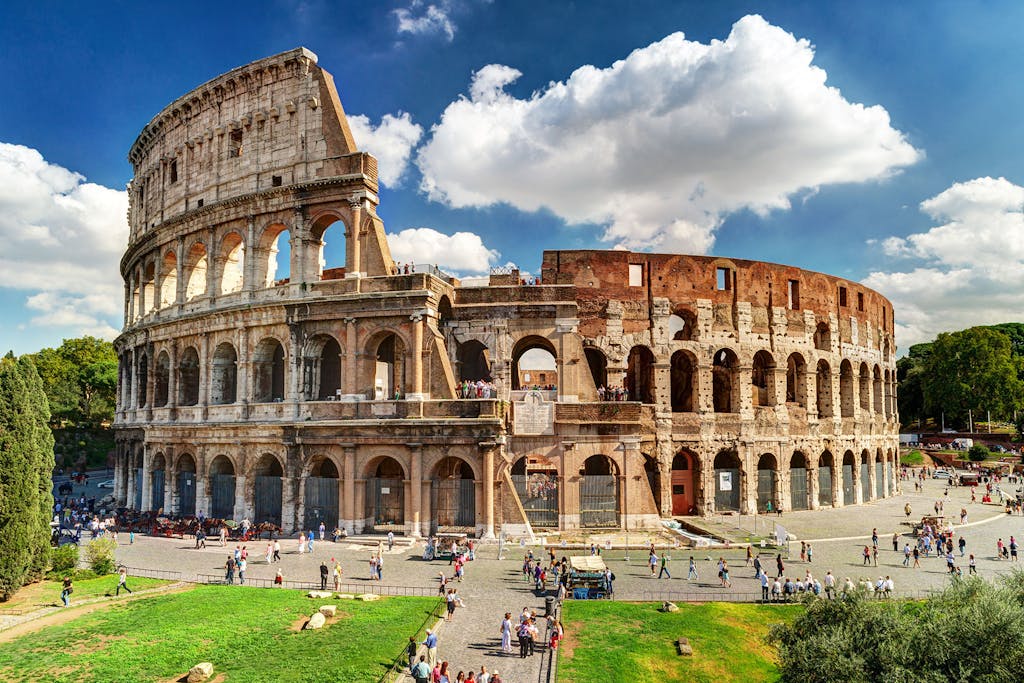
Flash forward: the European vacation
What’s also interesting about the Grand Tour then and travel today is that human behavior when traveling has, in effect, changed little. While today’s travelers take selfies, Grand Tourists were no less vain, commissioning artists of the day to paint their portraits in exotic locations. Celebrated Italian artist Pompeo Batoni (1708-1787) developed a lucrative niche, painting more than 175 portraits of wealthy young Britons traveling through Rome, usually posing among antiquities or ruins. Many of Batoni’s portraits can be seen in world-famous museums today, from the Louvre to the Uffizi.
As cameras had not yet been invented, images were captured on paper or canvas, from a sketch of the Colosseum to something more dramatic for those who headed on to Naples. Vesuvius was particularly active in the late 18th century and as most north Europeans had never seen a volcano before, paintings of the fiery skies around the mountain at night proliferated.
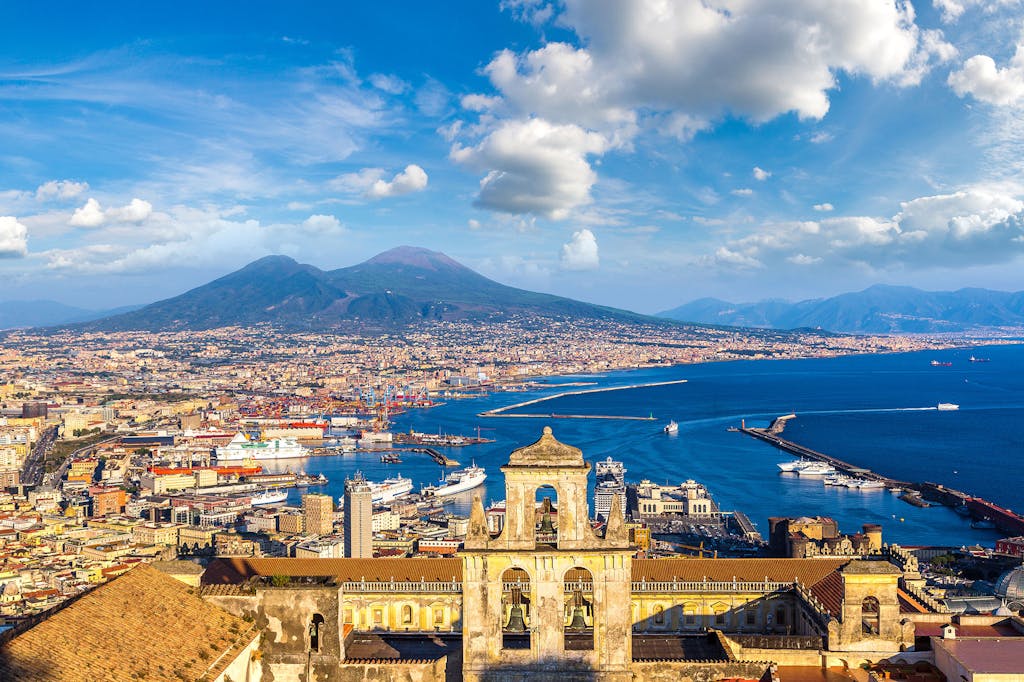
Also unchanged is the desire to document the journey. Today, we may write blogs but then, educated young men would publish books. Goethe’s elegant Italian Journey, from diaries written during his travels in Italy from 1786 to 1788, is a classic example. Other famous Grand Tourists have included John Keats, Charles Dickens, Percy Shelley and Robert Browning.
Travel inspired decadence then, as it can now. Exciting foreign cities, sunshine (a novelty for those from the cool and damp of Northern Europe) and free-flowing drink led to an element of debauchery. This was, after all, the era of Casanova, whose story can be followed in Venice, where he was imprisoned in the Palazzo Ducale (the Doge’s Palace) in 1755. Many a Grand Tourist wrote letters home describing the exotic beauty of Venetian women.
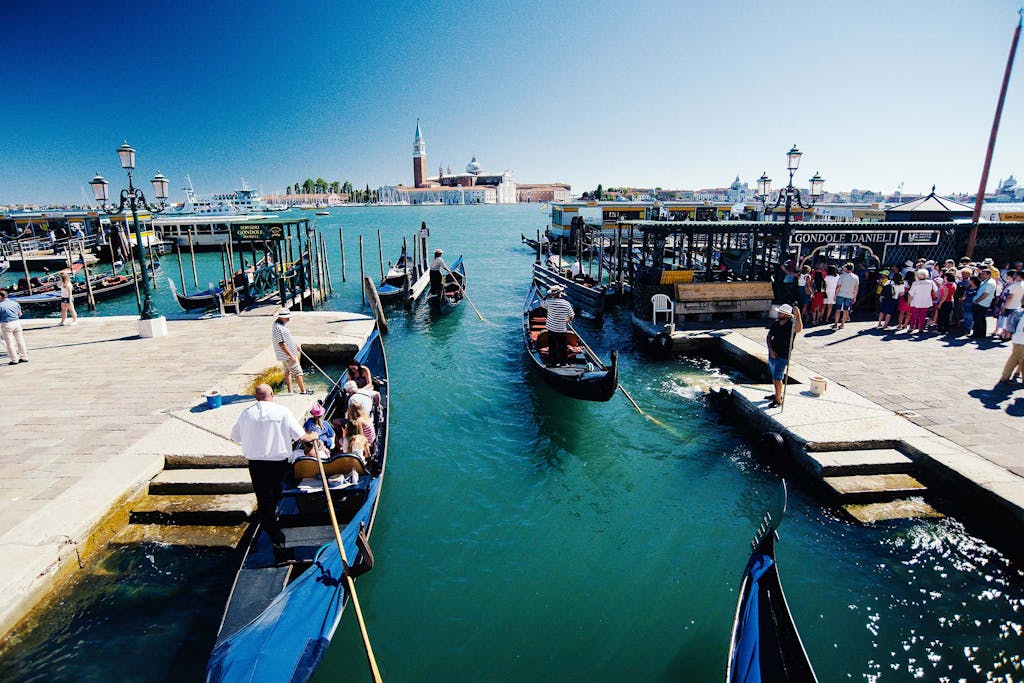
The Grand Tour ground to an abrupt halt during the French Revolutionary and Napoleonic wars, spanning a period between 1792 and 1815. There was a brief revival in the early 19th century, but as rail travel made vacations more affordable, the exclusivity of a trip to Europe faded.
The seeds, however, had been sown by those early adventurers, creating an appetite for exploration and cultural enrichment that only continues to grow, not least in the form of a luxuriously long voyage around the Mediterranean.
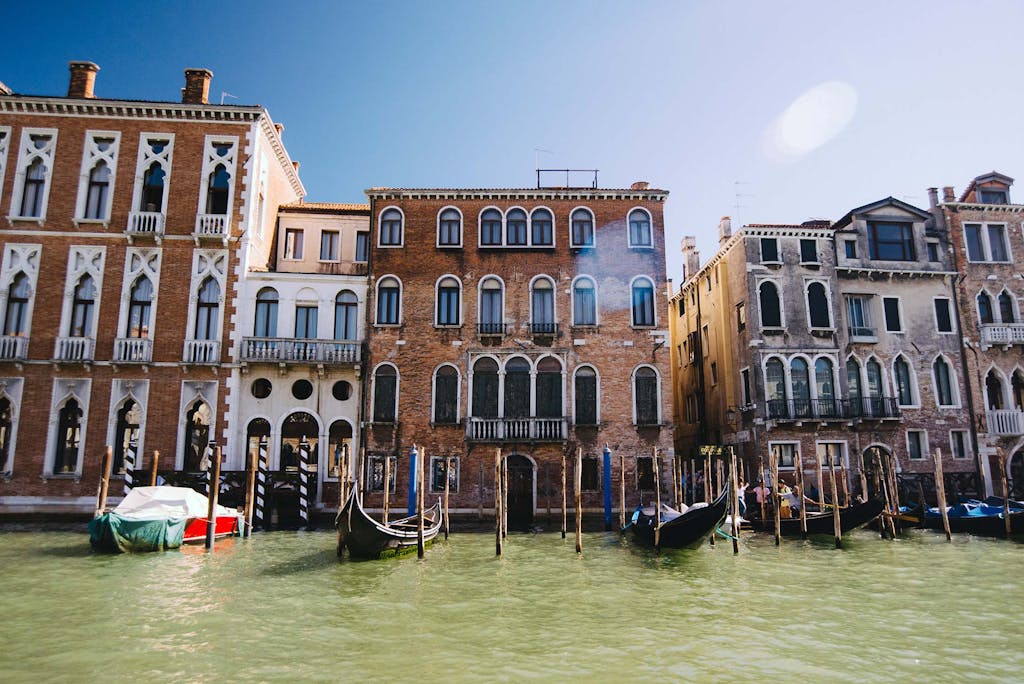
So step back into the shoes of the Grand Tourists for the occasional moment on your travels. I’ve certainly stood in Pompeii in the blazing heat and tried to imagine how it must have felt to be there during the height of its excavation (and then, admittedly, counted my blessings while sinking into a comfortable chair in the cool of my ship’s Panorama Lounge at sailaway, martini in hand). Marvel at the masterpieces in the Uffizi, 250 years after those first visitors stood, transfixed, in the same spot. Sketch the Colosseum, rather than trying to capture the perfect shot. In Venice, explore the Palazzo Ducale, but take a moment to picture Casanova’s stifling cell, under the lead roof — and his daring escape.
Just don’t consider a swim in the canals.
Ready to take your European vacation to the next level? Silversea offers an array of Grand Voyages that can make you a 21st-century Grand Tourist.



